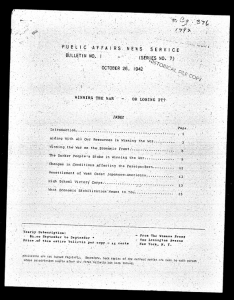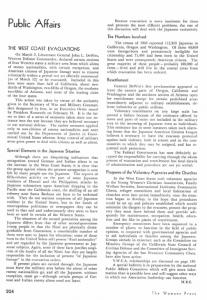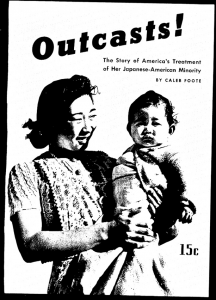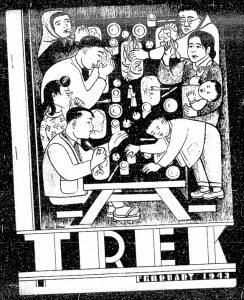I’ve written before about the importance of structured metadata in making connections between materials, creating access and improving discoverability. For this post I wanted to share some examples of how those connections can be powerful. The YWCA of the U.S.A. records contain an abundance of information about Japanese Americans during World War II, their internment and YWCA of the U.S.A. programs working with the interned people.
For this project I am describing at the folder/microdex level. The examples below are individual items I found in folders/microdexes identified when searching the subject heading, Japanese Americans–Evacuation and relocation, 1942-1945. The subject heading directed me to folders containing information relevant to my subject term and I was able to browse the folders and make some interesting connections.
This Wartime Civil Control Administration press release on the “transfer of persons of Japanese ancestry from strategic military areas on the West Coast” takes on a deeper impact when viewed next to images such as this:
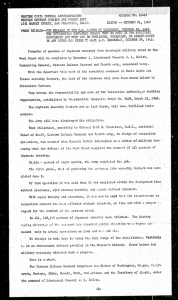
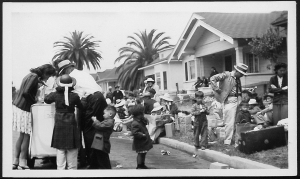
Photographs from the Manzanar internment camp connect with documents about YWCA of the USA clubs and conferences in the camp.
Forget-me-nots (labeled on reverse of photograph not shown here) and Forget-me-not program documents
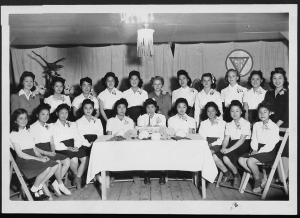
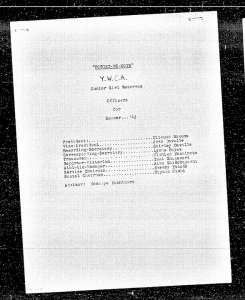
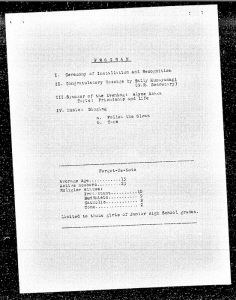
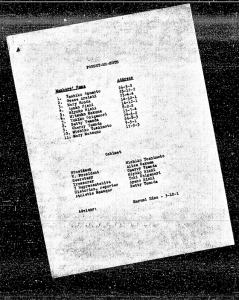
Public affairs newsletters, articles and other pamphlets
